Speed is an old god. Humans have been obsessed with the quickest way around a dirt oval since before Homer began uttering the first syllables of what would become The Iliad. It's a tradition older than the languages on our lips, and these days, it's played out on two wheels in both speedway and flat track races. The two were born in the dust of former British colonies. History credits the Australians for the madness of a speedway bike, and flat track brawlers are a uniquely American adaptation, but both sports owe their relentless relevance to their popularity in the United Kingdom.
- 500cc single engine
- Methanol fuel
- Single-speed transmission
- No brakes
- Leading-link fork,
- hardtail rear suspension
- 70 mph top speed
Speedway bikes are the absolute bare minimum required to rocket you around an oval. There are no brakes or rear suspension. A methanol-powered single cylinder of no more than 500cc spits rider and machine around the course at up to 70 mph courtesy of a single gear. The whole package must weigh at least 170 pounds dry, and teams work fiercely to stick as close to that number as possible.
- 750cc V-twin engine
- Gasoline
- Four-speed transmission
- Single rear disc brake
- Conventional spring-fork,
- monoshock rear suspension
- 140 mph top speed
Flat track machines are more recognizable as motorcycles. The big action happens in the twins class, where 750cc machines pump more than 90 horsepower into the dirt through a four-speed transmission. Top riders will see better than 140 mph on a mile-long track. Unlike speedway bikes, flat-trackers enjoy a single rear brake, which means riders don’t have to rely on the clutch, compression and pitching it sideways to bleed speed. Even the old gods have some compassion.
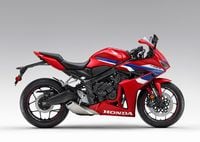
/cloudfront-us-east-1.images.arcpublishing.com/octane/WCJVB43G7VAC5N5UCBTFJXT6DA.jpg)
/cloudfront-us-east-1.images.arcpublishing.com/octane/GJZAJUJPHZDFPIOZUXFPTTZGGY.jpg)
/cloudfront-us-east-1.images.arcpublishing.com/octane/MMPNVEHLM5GYPECTODIKYKDJVU.jpg)
/cloudfront-us-east-1.images.arcpublishing.com/octane/BHSBSOJ5IFENROCJTGDDW37JPY.jpg)
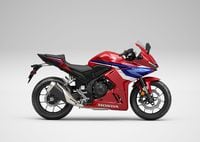
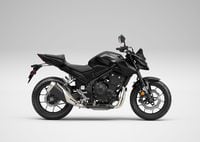
/cloudfront-us-east-1.images.arcpublishing.com/octane/FJKCDM4N6BDTDCOE4CQFSS6VQE.jpg)
/cloudfront-us-east-1.images.arcpublishing.com/octane/ZL5XFWNFJVGP3BUH245QOW4OPU.jpg)
/cloudfront-us-east-1.images.arcpublishing.com/octane/AP2OUFOAQBE3VP5TXTBNXM57PU.jpg)
/cloudfront-us-east-1.images.arcpublishing.com/octane/6TBJOYAXHRD7LEXKXVSZFESQRE.jpg)
/cloudfront-us-east-1.images.arcpublishing.com/octane/NA6GARIGNNBRRMWPCGLW7GMIPU.jpg)
/cloudfront-us-east-1.images.arcpublishing.com/octane/PFP7LTPXMZGM3P5MUQ55CRLGDQ.jpg)
/cloudfront-us-east-1.images.arcpublishing.com/octane/AANFFQ76NZHGZI32JHYLZWECZE.jpg)
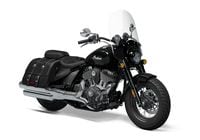
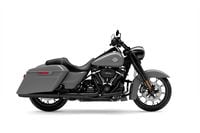
/cloudfront-us-east-1.images.arcpublishing.com/octane/HV4KF6WQSRB7XI4BIXC3RAJQFQ.jpg)
/cloudfront-us-east-1.images.arcpublishing.com/octane/OJJBMZMGB5ESVDMU7JP3DLGRNA.jpg)
/cloudfront-us-east-1.images.arcpublishing.com/octane/LKJGT7AQWNCKROINJHQZJINOLQ.jpg)
/cloudfront-us-east-1.images.arcpublishing.com/octane/C7JXP6I6HZD27NKSD5DN7W4P6M.jpg)

/cloudfront-us-east-1.images.arcpublishing.com/octane/TBWVGMFVFNE5RBQHGL3S5P6D3Q.jpg)
/cloudfront-us-east-1.images.arcpublishing.com/octane/P2LSTY5BCFBZLJGGNI4DEVDO7M.jpg)
/cloudfront-us-east-1.images.arcpublishing.com/octane/SNXNG3GGIFECLOVO4BNRRWGSOU.jpg)